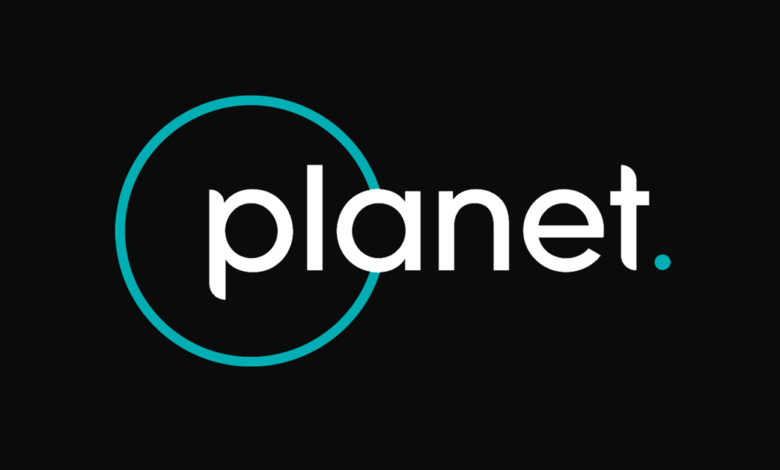
What are the current dynamics of the satellite company Planet Labs related?
Shares of satellite company Planet Labs PBC (PL) lost about 17% to $4.61 in the quarter on July 5 happened despite the continued improvement in indicators, which was previously the driver of quotations. The reason for the decline was one forward-looking statement by Planet Labs. At the end of 2021, when Planet Labs went public, it announced expected revenue growth of almost 57% to $191 million in the current fiscal year. But in the report for the first quarter, the company lowered its annual revenue expectations to $177—$187 million.
Quotes went down when cutting the forecast because some investors thought the company wouldn’t have been capable of growing as fast as it said it would. Nevertheless, the company continues expanding its business, although the pace is less than expected. The revenue growth rate in the past fiscal year was 16%, and revenue increased by 23% in the first quarter. In the second quarter, the pace accelerated to 26%. Moreover, Planet Labs has added about 30 clients each for two quarters, and now the company’s customer base exceeds 800 organizations. In addition, Planet Labs has doubled its spending on research and development, marketing, and administration.
Thus, the company is trying to present its satellite images to as large an audience as possible to attract new customers. So far, rising costs are not a problem: spending on new satellites is comparable to sales growth. It’s true that Planet Labs already spends more than it makes, but this is common for a corporation at this development stage. To date, the grouping of Planet Labs satellites has exceeded 450 units. These are different satellites capable of conducting remote sensing of the Earth (remote sensing) with high resolution.
The advantage of Planet Labs is the ability to update images daily, which allows you to use the data in specific applications, for example, to monitor traffic in busy waters, and search for oil spills or fires. At the same time, the collected data array of Planet Labs already contains about 1300 images of each part of the Earth’s land. Such a data set can be used for research and solving a variety of commercial tasks, in particular, for assessing damage and insurance payments.